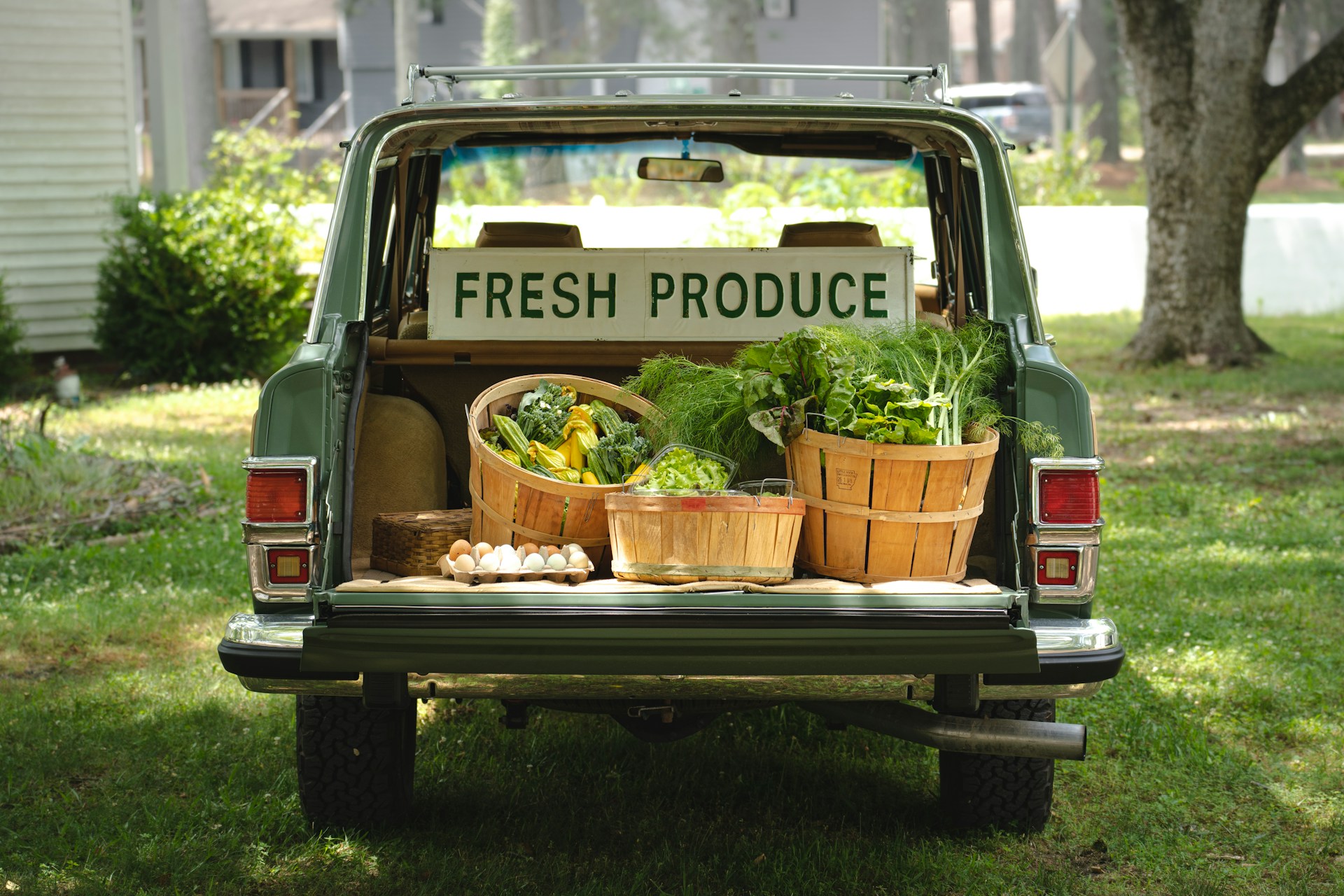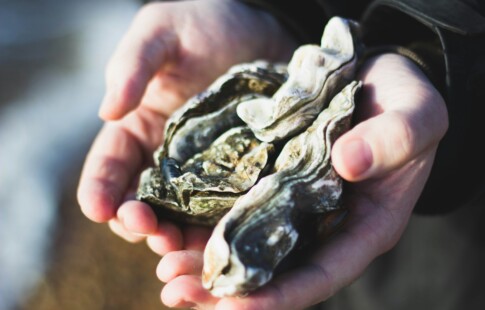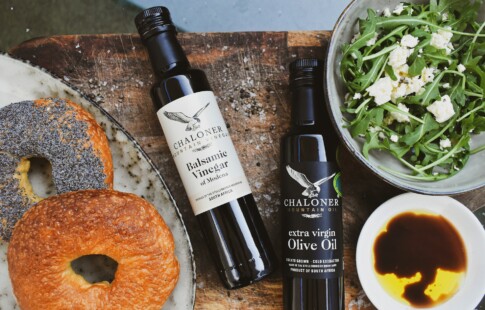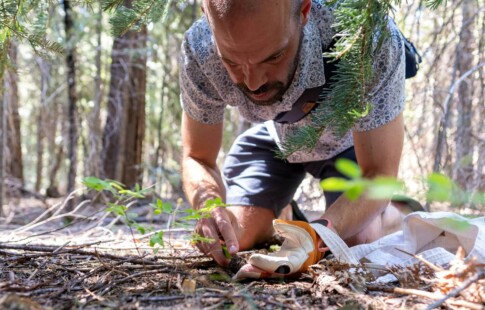
A Look at Organic Farming Around the World
We are reader-supported. When you buy through links on our site, we may earn affiliate commission.
The United States falls under certain standards to state they’re growing organic food. Other countries may have different regulations and practices. No matter where people live or where their food supply comes from, knowing how organic farming around the world works can ensure individuals control the food they put in their bodies and its impact on health.
Many small farmers in the United States provide food globally, but face competition from other growers. Learning the techniques for organic farming around the world allows modern farmers to adjust their practices and remain competitive in a market controlled by everything from pests to droughts to torrential downpours.
Cultural and Educational Exchanges
The best way to learn how different cultures farm is by participating in exchange programs and learning firsthand about their techniques. The Worldwide Opportunities on Organic Farms (WWOOF) allows visitors to connect with organic farmers. The visitor goes to the farm and helps in the practice, even staying with a host family in the country of choice. Learning about farming around the world gives people a fresh perspective and chance to share new skills with both parties.
Understanding the best practices for an area can result in high-quality crops that bring top dollar. However, growers can learn from nearly any other region and apply at least some of their practices. Many areas have more in common than one would expect. Here are some insights in organic farming around different continents.
1. Asia
Asia has one of the largest areas in the world available for organic farming and the country’s adoption of it is increasing. China is the biggest producer with India right behind them. Some of the most popular arable crops grown there include cotton, rice, wheat, tea and oil seeds.
IFOAM is an Asian organic growers organization with around 270 members across 22 different countries in the region. The mission of IOAM is to keep a balance between the environment and human needs. The organization’s focus is on making organic farming profitable and sustainable.
Some of their methods look very similar to those used in Europe and North America, such as rotating crops and adding mulch to empty fields for better soil stability. Mulch also keeps moisture in the soil during dryer conditions.
Asian countries embrace traditional practices such as planting disease preventing species around the perimeter of a field, such as sunflowers. However, some areas may have less stringent oversight of what it means to grow an organic crop, so farmers should always weigh practices with the recommendations of their government body that oversees organic food.
Some countries have abandoned organic farming in favor of traditional methods after seeing a drop of 20% in production when turning to natural methods, such as what happened in Sri Lanka. Still, many farmers learn into the idea of using fewer pesticides and concentrating on human and animal long-term health.
2. Europe
According to Statista, Italy and Spain lead the efforts for cultivating more organic food. France and Spain offer the most land available for farming in the region. Because Europe is so diverse with countries with extreme cold or more temperate climates, methods vary from country to country.
Figuring out how to produce organic crops and avoid the pollutants everywhere requires a lot of forethought. Europe utilizes some farming practices that ensure healthy plants, such as arable farming, where they use traditional methods of growing crops through plowing, sowing seeds and harvesting. Some of the most common crops used with arable farming methods include:
- Corn
- Soybeans
- Wheat
A big advantage of arable farming is providing a reliable source of food for humans and animals. However, farmers must be aware of some of the long-term negative effects of pesticides on the environment. The soil must be free of contaminants or plants and animals in the agricultural industry will pick up the residue and impact people who consume them. Many European countries place restrictions on livestock antibiotics and ban genetically modified organisms (GMOs).
3. North America
The United States Department of Agriculture (USDA) reports a rising demand for organic goods. Between 2011 and 2021, certified organic acreage increased 79% to make up 3.6 million acres.
Products in the U.S. labeled organic just be at least 95% so. They can be labeled “made with organic” if they are 70% organic products. Some of the techniques American farmers use to grow organic crops include:
- Longer crop rotations to improve soil nutrients
- Building soil quality with compost and animal manure
- Disposal of diseased plants
- Soil conservation through techniques such as contour plowing and conservation tillage
To use the title “organic” in the United States, the farm must receive certification from the USDA. An inspection ensures the farmer follows safe practices and prevents contaminated produce from entering the food supply. Occasionally, an inspection turns up a problem and leads to a food recall.
4. Africa and Latin America
Although they are on different continents, the two regions embrace similar organic farming practices. In both locations, many people participate in micro-farms, where they grow only enough to support their own families. For places where poverty is high and food availability is low, subsistence farming may keep a family from starving and increase their disposable income for foods they can’t grow themselves.
Agroforestry is a common practice, where the farmers use trees and shrubs as part of their crop and livestock management systems. They can take advantage of soil fertility, shade and wind protection. In some areas, the trees can be sold for lumber. To be environmentally conscious, they must also plant new saplings to take the place of any trees harvested. When done correctly, agroforestry works against deforestation and slows climate change. It works best in tropical climates. Many of the crops produced in Latin America are created for export. For that reason, some of the common products include cocoa and coffee.
Markets for Organic Farming Around the World
North America and Europe lead the demand for organic food, meaning many other countries grow and send their crops to those regions. Because of the global nature of food production, consumers must be aware of where their food comes from and what the farming practices and regulations are in those countries.
No matter where farmers reside, they can pool knowledge and try new techniques that may work better than traditional methods. The growing zones and number of cold months in an area can dictate how well a process works. People should try different methods and see which ones produce the most yield and are successful in their area.
Share on
Like what you read? Join other Environment.co readers!
Get the latest updates on our planet by subscribing to the Environment.co newsletter!
About the author

Jane Marsh
Starting from an early age, Jane Marsh loved all animals and became a budding environmentalist. Now, Jane works as the Editor-in-Chief of Environment.co where she covers topics related to climate policy, renewable energy, the food industry, and more.





